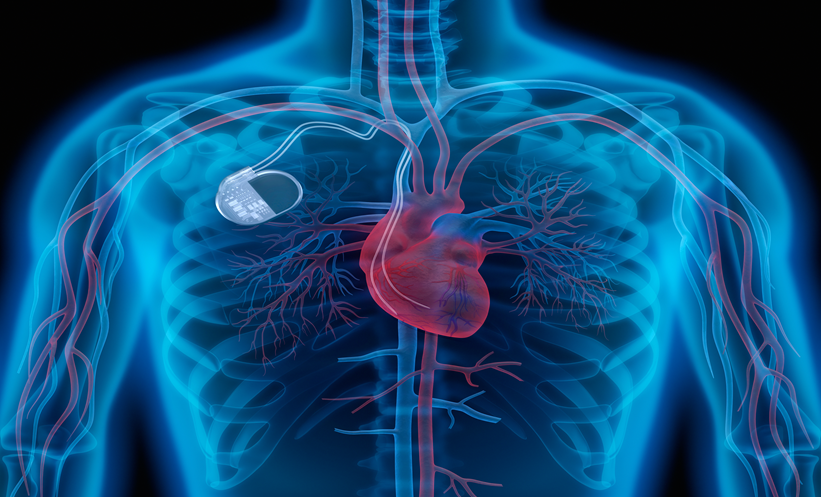Introduction
Suboptimal lesion preparation and consequent stent under-expansion related to calcified coronary lesions are predictors of adverse outcomes in terms of stent thrombosis and restenosis.1 The authors present the case of a long and heavily calcified coronary stenosis treated with a combined approach using rotational atherectomy and intravascular lithoplasty to achieve an optimal lesion preparation allowing effective stent delivery and expansion.
Case Description
A 71-year-old female with hypertension, dyslipidaemia, and diabetes, who is a current smoker and has a family history of coronary artery disease, was admitted to the authors’ unit because of chronic stable angina. Stress echocardiography was positive (symptoms and significant electrocardiogram modifications). The left ventricle ejection fraction was normal (55%), but the inferior wall was akinetic. A coronary angiography was performed and revealed multivessel, heavily calcified coronary disease with chronic total occlusion of the right coronary artery and critical stenosis of proximal and mid left anterior descending artery (LAD) and of the mid-proximal left circumflex coronary artery (LCA). LAD percutaneous coronary intervention (PCI) was performed without problems in terms of balloon advancement and stent delivery and expansion (two drug-eluting stents [DES] were implanted on mid and proximal segments). The long (≥32 mm), calcified LCA lesions were scheduled for elective PCI the day after. Through the right radial approach, a 6F guiding catheter was used to selectively cannulate the left coronary ostium. Pre-dilatation using two different non-compliant (NC) balloons (2.5×20.0 mm and 3.0×15.0 mm inflated up to a pressure of 26 atm) was performed without obtaining a full and homogenous balloon expansion. Therefore, rotational atherectomy with a 1.5 mm burr at 180,000 rpm was performed to achieve plaque modification. However, the subsequent pre-dilatation using NC balloons (3.0×20.0 mm and 3.0×8.0 mm at 26 atm) was ineffective. An intravascular ultrasound (IVUS) scan showed circumferential, thick calcifications with persistent critical lumen area reduction on the mid segment. To tackle the undilatable lesion, a 3.0×12.0 mm percutaneous transluminal coronary angioplasty-lithoplasty balloon (Shock Wave, Shock wave Medical Inc., USA) was advanced at the lesion site, with the support of a second balance middle weight wire as a buddy wire, and inflated up to 6 atm. Next, five cycles of 10 pulses were delivered, achieving full balloon expansion and calcium disruption, as demonstrated by IVUS. A full and homogenous NC balloon (3.0×12 mm at 24 atm) expansion was then obtained and two overlapping DES (3.5×32 mm and 2.75×16 mm) were implanted and post-dilated obtaining satisfying angiographic and IVUS results.
Discussion
In this case, two techniques of coronary calcium breakage were used complementarily: rotational atherectomy (by intimal calcium ablation) to enable initial lesion modification and ease the passage of balloon catheters and intravascular lithotripsy (by intimal and medial calcium breakage) to allow the dilatation of a heavily calcified lesion.2-4 The case showed that these two different tools to achieve heavily calcified lesion expansion could be used to obtain a good final result. However, specific studies are needed to assess the risks and benefits associated with the complementary use of both techniques in the setting of resistant calcified lesions.








